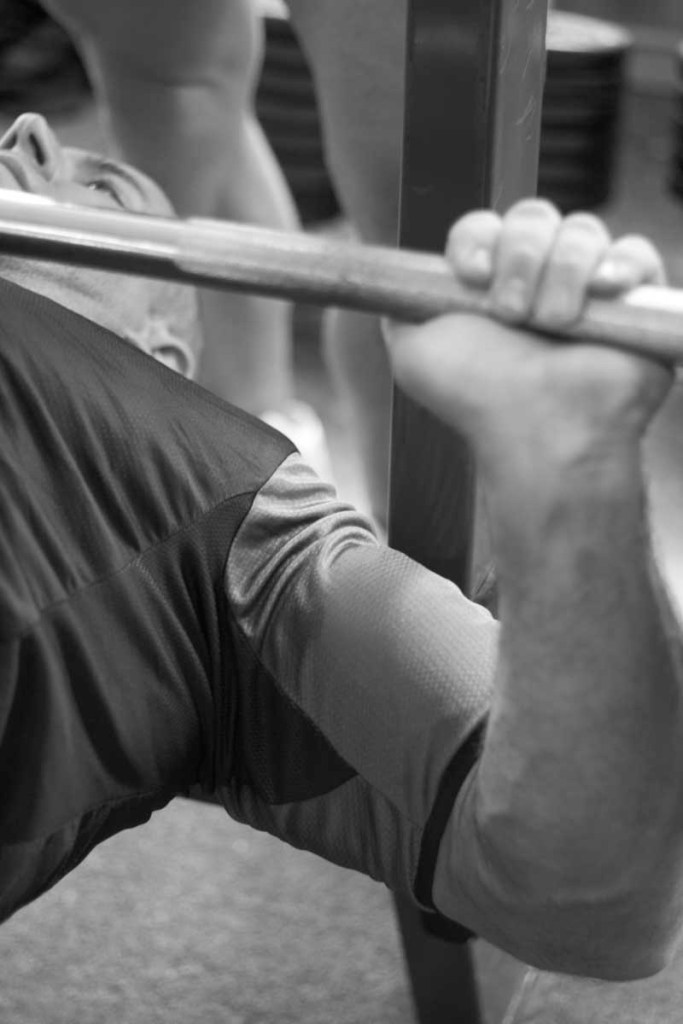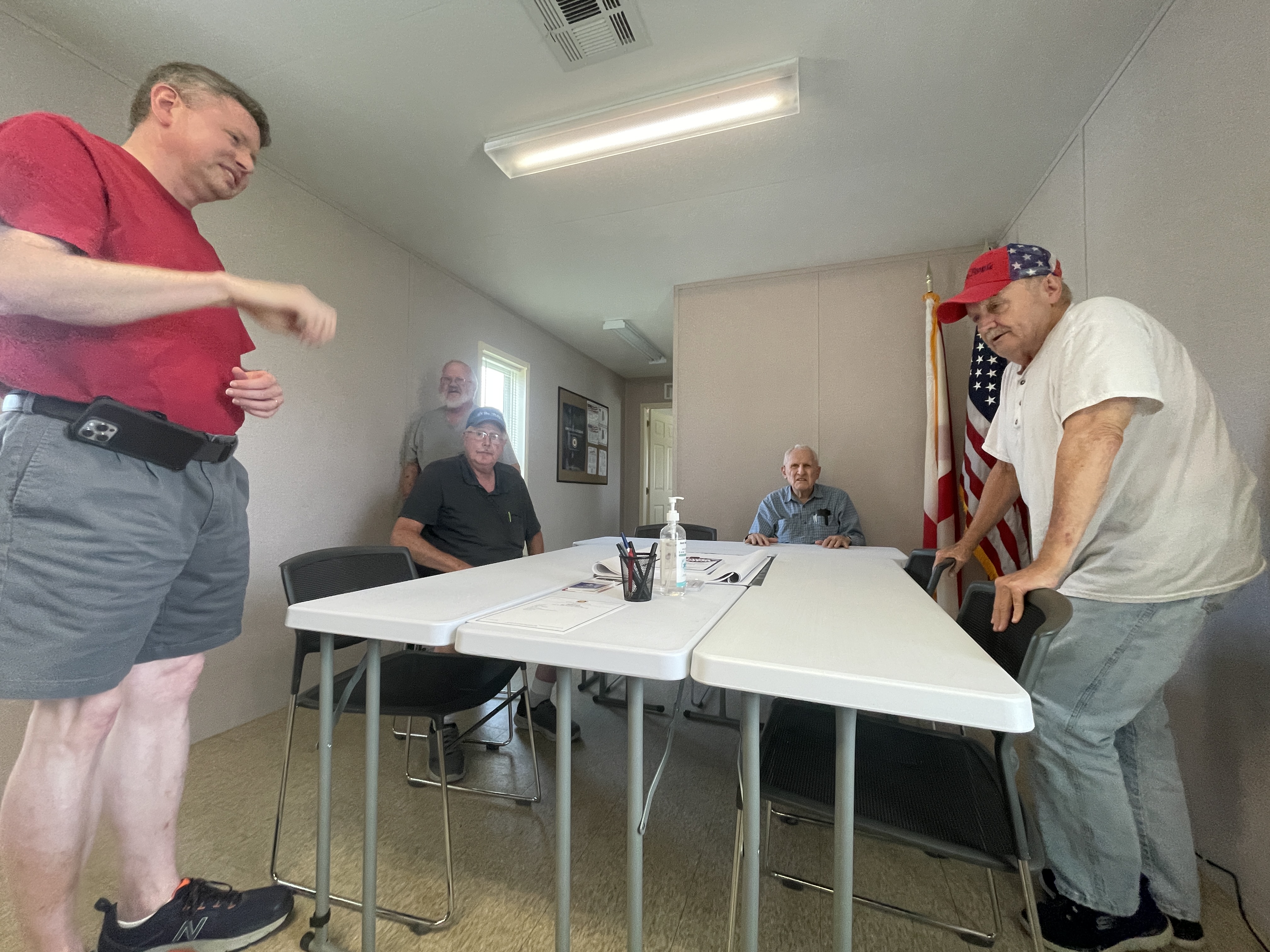People have more muscles than most of us realize
Published 10:17 am Monday, March 23, 2015

- Muscles
I saw a 5-year-old the other day for a checkup. After I gave him a high-five, I asked if he had any questions. Most kids ask whether they need a shot or a blood test. Instead, Timmy asked me to feel his muscles. As he did that, he flexed his arms and made a face like the Incredible Hulk does right before he throws a tank through the air.
Muscles are an amazing part of the body. Without them, you wouldn’t be able to walk, eat or pick your nose. When people think about muscles, it’s usually about the big ones in their arms and legs. But you couldn’t blink if you didn’t have muscles in your eyelids. You also couldn’t roll your eyes at your parents if it weren’t for the six muscles that control each of your eyeballs.
Muscles act by contracting (getting smaller) and relaxing. We have three types of muscles in our bodies.
Skeletal muscles are the ones we use for movement and to carry out specific motor actions. Skeletal muscles can perform those functions because they attach to the skeleton and other connective tissue. They also are under voluntary control, which means they move when your brain sends them a message. Skeletal muscles are often found in groups related to specific actions.
When Timmy flexed his arms to show me how strong he was, one of the muscles he contracted was the biceps muscle in his upper arm. When he straightened his arms, his biceps relaxed and a competing muscle, the triceps, contracted. Movement is a complex “dance” between opposing muscle groups in the body. Skeletal muscles are the strongest ones you have, but they also tire the fastest.
Smooth muscle is found in the walls of bodily structures such as your intestines, bladder and respiratory tract. This type of muscle is not under voluntary control.
My favorite smooth muscles are the ones in the intestinal tract. From the moment you swallow until you poop, food is propelled through the body by the rhythmic contraction and relaxation of those muscles. (That process is called peristalsis.) That is a good thing, because if you had to voluntarily control the digestive process, you wouldn’t have enough brainpower left over to read this story!
The third type of muscle is cardiac muscle. Can you guess where it’s found? If you said the heart, you’re correct. What makes cardiac muscle special is its ability to work without getting tired. The average heart beats 80 times per minute. That means it contracts more than 115,000 times per day. If you tried to make a fist that often, you’d end up with achy hands pretty quickly.
Does your heart ever rest? You might think the answer is no, because it beats 24 hours a day. But this is a trick question. When the heart beats, it pumps blood to your lungs and the rest of your body. But in between beats, the heart muscle relaxes as it fills with blood. It relaxes only for a moment after each contraction, but that still counts as resting. It makes me tired just thinking about it!
Bennett is a Washington pediatrician. His website is www.howardjbennett.com.





